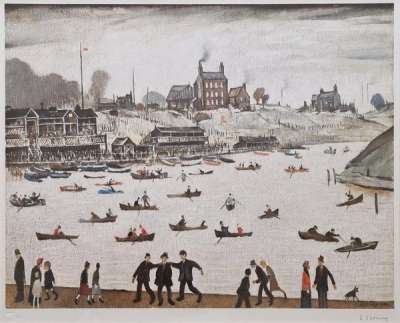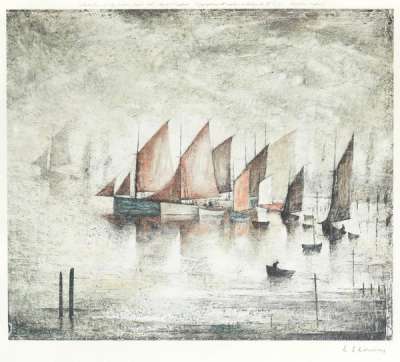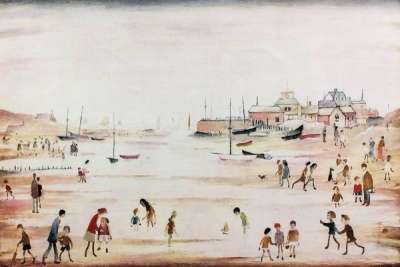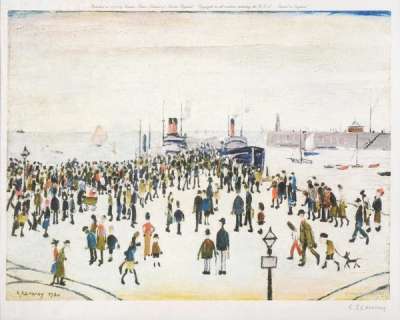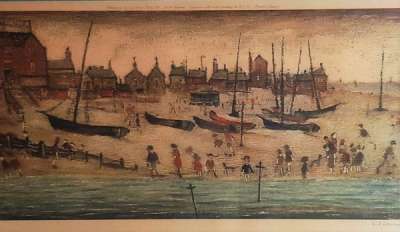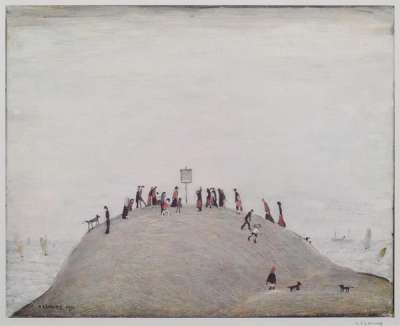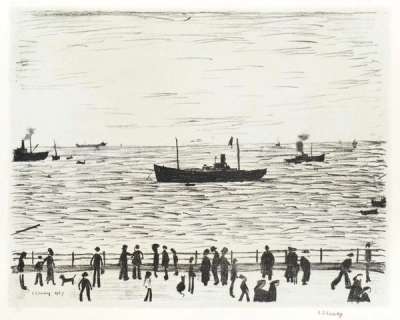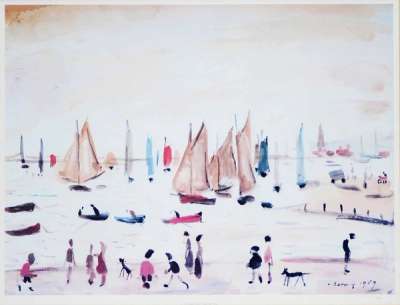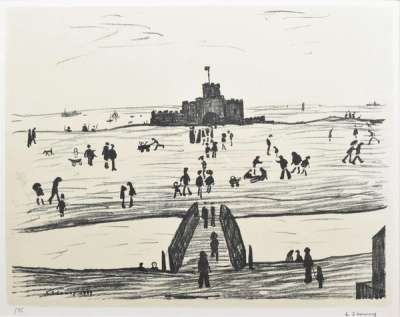
The Harbour
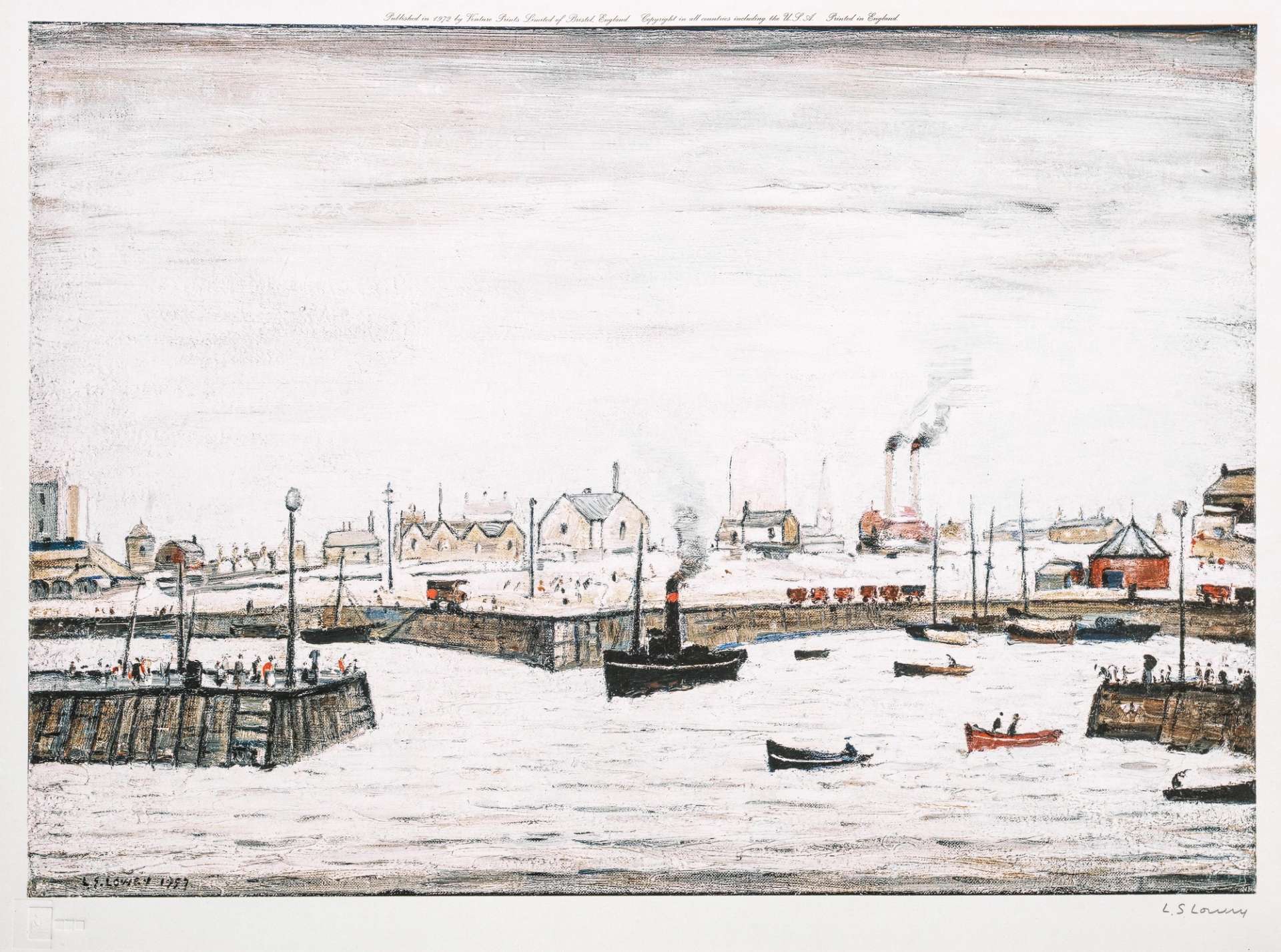
The Harbour
Signed Print
L S Lowry
£1,650-£2,450Value
Indicator
$3,200-$4,750 Value Indicator
$2,850-$4,200 Value Indicator
¥15,000-¥22,000 Value Indicator
€1,950-€2,850 Value Indicator
$16,000-$24,000 Value Indicator
¥320,000-¥470,000 Value Indicator
$2,100-$3,100 Value Indicator
AAGR (5 years) This estimate blends recent public auction records with our own private sale data and network demand.
There aren't enough data points on this work for a comprehensive result. Please speak to a specialist by making an enquiry.
Medium: Lithograph
Edition size: 850
Year: 1972
Size: H 55cm x W 69cm
Signed: Yes
Format: Signed Print
TradingFloor
MyPortfolio
Your collection tracked in real time.
Build your portfolio, manage valuations, view return against your collection and watch works you're looking for.
Track auction value trend
Auction Results
| Auction Date | Auction House | Artwork | Hammer Price | Return to Seller | Buyer Paid |
|---|---|---|---|---|---|
| December 2023 | Wilson55 - United Kingdom | The Harbour - Signed Print | |||
| October 2023 | León Gallery, Makati - Philippines | The Harbour - Signed Print | |||
| October 2023 | Chiswick Auctions - United Kingdom | The Harbour - Signed Print | |||
| September 2023 | Bonhams Knightsbridge - United Kingdom | The Harbour - Signed Print | |||
| September 2023 | Bonhams Knightsbridge - United Kingdom | The Harbour - Signed Print | |||
| August 2023 | Fonsie Mealy Auctioneers - Ireland | The Harbour - Signed Print | |||
| March 2023 | Ewbank's - United Kingdom | The Harbour - Signed Print |
Meaning & Analysis
Cumbria was a destination for Lowry on account of his friend and fellow artist Sheila Fell, who lived in Aspatria and another friend and collector, Geoffrey Bennett who lived in Maryport, where this painting was produced. The sea and landscapes of Cumbria made their way into his oeuvre, but only the Lowryan aspects that caught his attention during his travels. For example, in The Harbour, it was the working vessels, jet black with smoking funnels to mirror the smokestacks in the background, that caught his eye, rather than the leisure craft. Sea, sky and middle ground merge into one and other. The boats and buildings create repeating shapes that anchor the composition down. This work, as many of Lowry’s paintings do, also coincides with an important life event. In the year it was completed, Lowry received a letter from Carol Lowry, who he went on to tutor. They formed a close bond and she became somewhat of a muse to the older man. On his death in 1976 Carol inherited Lowry’s whole estate.
